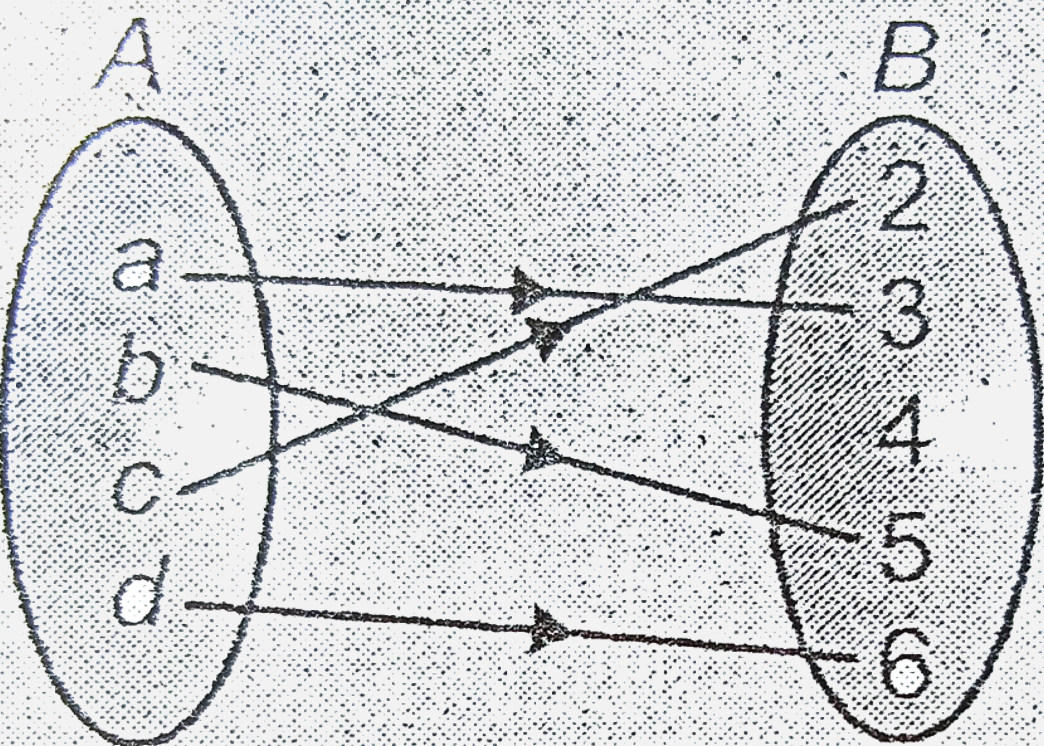Define greatest integer function. Write its domain and range.
The correct Answer is:Df=R,Rf=Z
Step-by-Step Solution:
1. Definition of the Greatest Integer Function:
The greatest integer function, often denoted as ⌊x⌋, is defined as the largest integer that is less than or equal to x. In other words, for any real number x, ⌊x⌋ gives you the integer part of x by rounding it down to the nearest integer.
2. Domain of the Greatest Integer Function:
The domain of the greatest integer function is all real numbers. This means that you can input any real number x into the function. Therefore, the domain can be expressed in interval notation as:
Domain=(−∞,+∞)
3. Range of the Greatest Integer Function:
The range of the greatest integer function consists of all integers. Since the function outputs the greatest integer less than or equal to x, for any real number input, the output will always be an integer. Thus, the range can be expressed as:
Range={n∈Z}(where Z is the set of all integers)
Summary:
- Greatest Integer Function: ⌊x⌋ is the largest integer less than or equal to x.
- Domain: (−∞,+∞)
- Range: All integers Z
The greatest integer function, often denoted as ⌊x⌋, is defined as the largest integer that is less than or equal to x. In other words, for any real number x, ⌊x⌋ gives you the integer part of x by rounding it down to the nearest integer.
The domain of the greatest integer function is all real numbers. This means that you can input any real number x into the function. Therefore, the domain can be expressed in interval notation as:
Domain=(−∞,+∞)
The range of the greatest integer function consists of all integers. Since the function outputs the greatest integer less than or equal to x, for any real number input, the output will always be an integer. Thus, the range can be expressed as:
Range={n∈Z}(where Z is the set of all integers)
- Greatest Integer Function: ⌊x⌋ is the largest integer less than or equal to x.
- Domain: (−∞,+∞)
- Range: All integers Z
Topper's Solved these Questions
- MODEL TEST PAPER -4BOOK - ICSECHAPTER - MODEL TEST PAPER -4EXERCISE - SECTION -B
10 Videos
- MODEL TEST PAPER -4BOOK - ICSECHAPTER - MODEL TEST PAPER -4EXERCISE - SECTION -C
10 Videos
- MODEL TEST PAPER -3BOOK - ICSECHAPTER - MODEL TEST PAPER -3EXERCISE - Section B
7 Videos
- MODEL TEST PAPER -5BOOK - ICSECHAPTER - MODEL TEST PAPER -5EXERCISE - SECTION -C
10 Videos
Similar Questions
Let f(x)=sec−1[1+cos2x], where [.] denotes the greatest integer function. Then find the domain and range
View SolutionDraw the graph of f(x)=2x2[x] where [.] represents greatest integer function and find the domain and range.
View SolutionDefine modulus function . Write its domain and range . Draw the graph of it .
View SolutionIf R={(x,y):x,y∈z,x2+y2≤4} is a relation defined on the set z of integers, then write domain and range.
View Solutionf(x)=log(x−[x]), where [⋅] denotes the greatest integer function. find the domain of f(x).
View SolutionFive examples of greatest integer function integer notation are:
View SolutionIn the given function, find the co-domain and range

View SolutionIn the given function, find the domain, co-domain and range.

View SolutionIf f(x)=[x]sin(π[x+1]), where [.] denotes the greatest integer function, then the set of point of discontiuity of f in its domain is
View SolutionIf f be greatest integer function defined asf(x)=[x] and g be the mdoulus function defined as g(x)=|x|, then the value of g of (−54) is _____
View Solution
